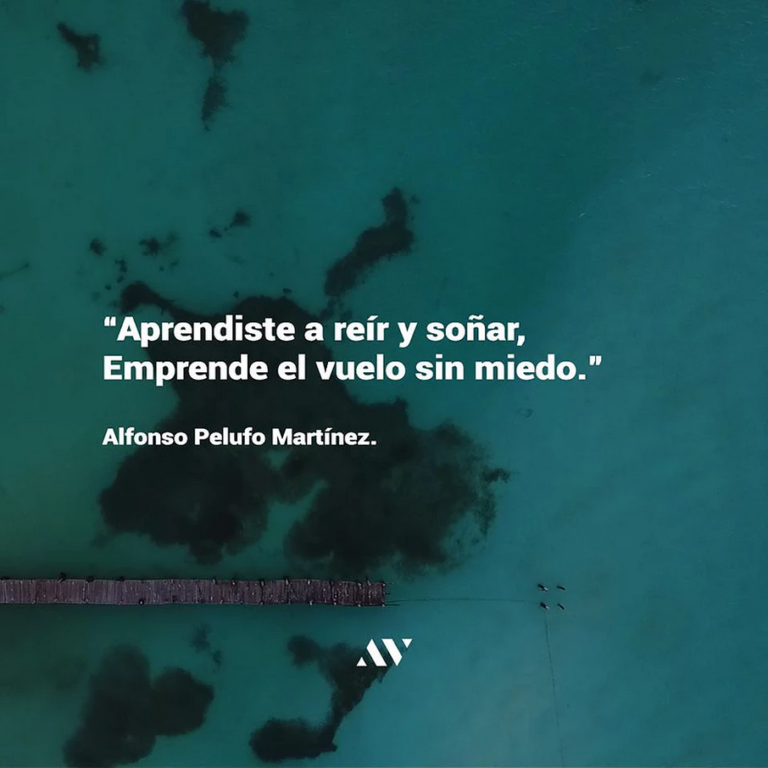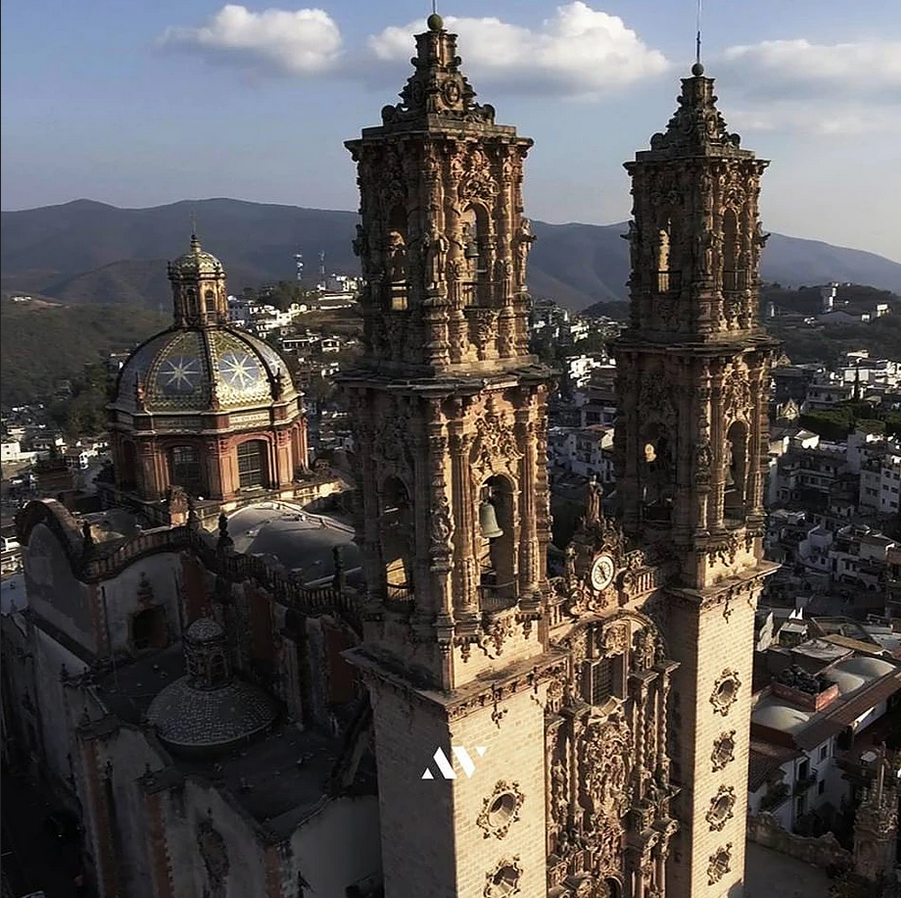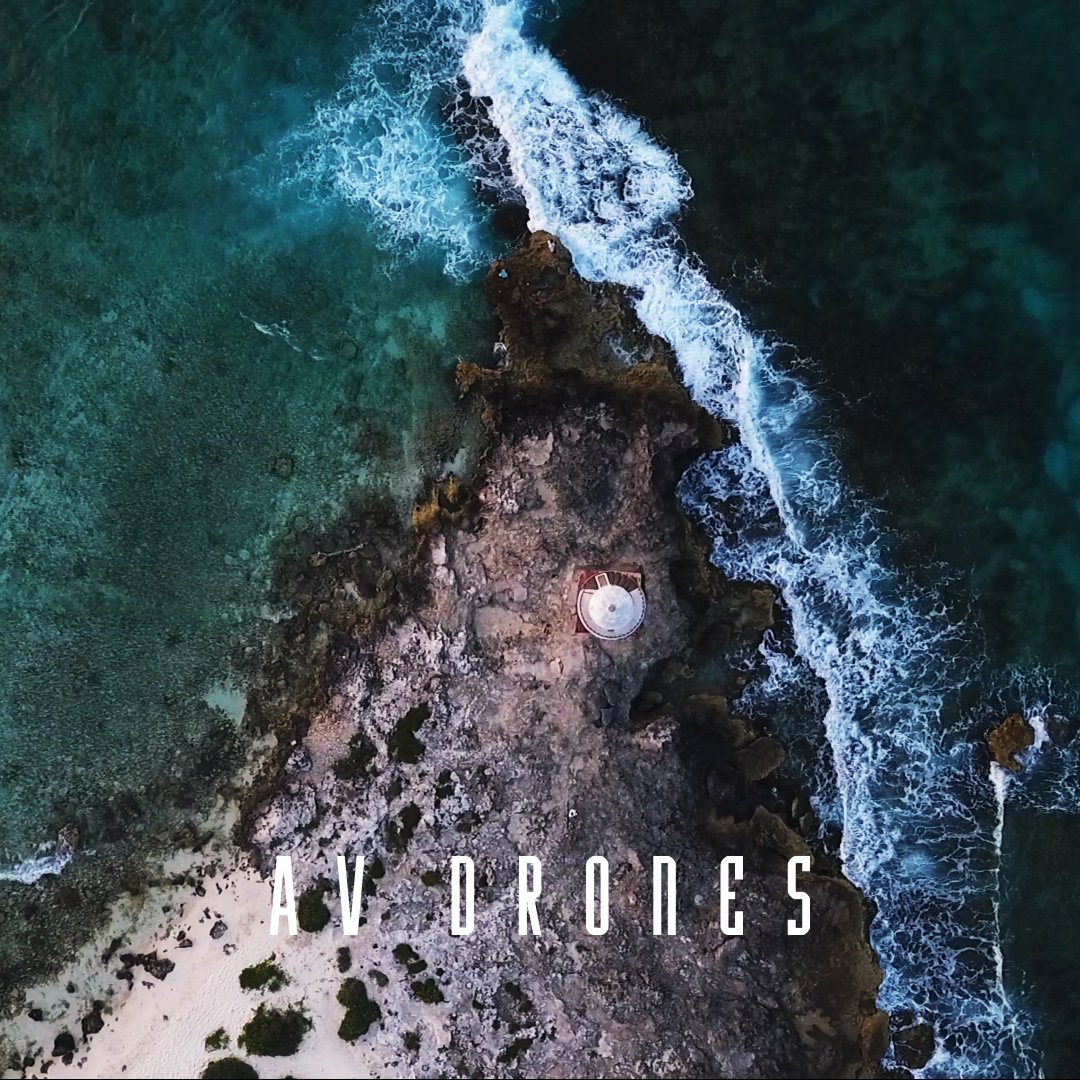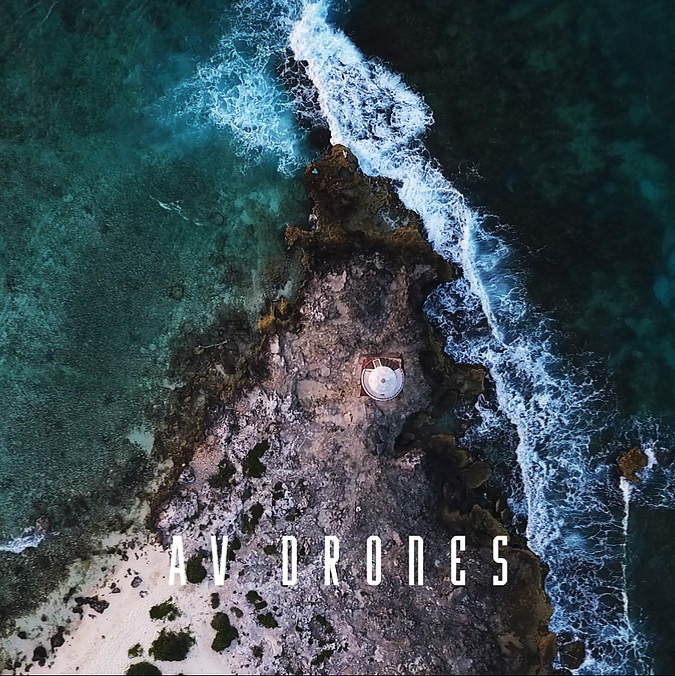
TIJUANA
Under the slogan "Here begins the homeland", also known as: The door of Mexico and The corner of Latin America. Tijuana is the most populated city in the state of Baja California and is part of the largest transnational metropolitan area in Mexico along with Rosarito, Tecate, San Diego and California. It is the most visited border city in the world, which makes the crossing of San Ysidro ("La garita") on the busiest border on the planet with an estimated of more than 300 thousand daily border crossings. These characteristics have led it to be considered as a city of great cultural impact, symbol of diversity of ideas, cradle of transitions and revolutions.

Tijuana achieved its popularity between the 1920s and 1930s, it became a delirious city that allowed foreigners to enjoy the excesses that dry law prohibited them. Bars and entertainment centers became popular, and by the 1950s, the city had become a venue for musical expression, especially of African-American groups who found space on the border because of racism and segregation in the United States. . Music acquired a strong political and social criticism influence with jazz, blues, soul and rock and roll: here "Mexican rock" was born (Viera, 2013).
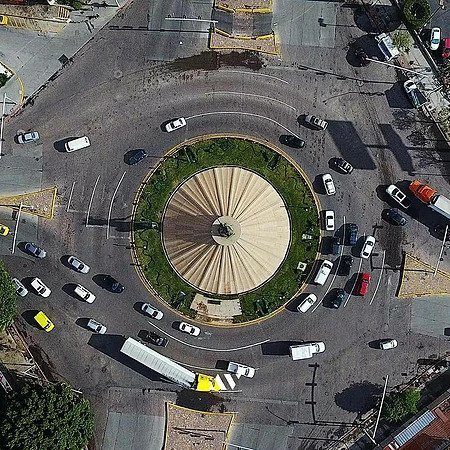
In an interview with Excelsior (2017), the owner of the Tijuana Cultural Center - Pedro Ochoa Palacio - said: "It was thought that Tijuana was a society without identity or that proximity to the border put it at risk (...) but the identity was there, you only had to give it value (...) Tijuana was not founded, like the cities of the center of the country with a ceremonial center or a church or a royal decree, but from the border, the result of the war with the United States. A small community that started living basically from commerce and tourism. But there are the roots of identity too. "
The second wave of rock took place in the 1980s and Tijuana prepared to house it again from then until now: there was a search for spaces through a self-managed network to keep local rock alive, always full of different influences musical - As Stuart Hall (2010) says in Priscilla M. Viera (2013) - "representation connects the meaning of language to say something with meaning in the world or to represent it in a meaningful way to other people who share cultural symbols (...) representation is an essential part of the process by which meaning is produced and exchanged between members of a culture. "
Explore the benefits drones can bring to your projects with AV Drones!
References:
Bautista, V. (2017). Tijuana y su esplendor cultural. Excélsior. Recuperado de: https://www.excelsior.com.mx/expresiones/2017/10/07/1193151
Secretaría de Cultura. (2013). Tijuana, más de 50 años de transformación cultural.
Gobierno Federal. Recuperado de: https://www.gob.mx/cultura/prensa/tijuana-mas-de-50-anos-de-transformacion-cultural
Viera, P. (2013). Mujeres, Tijuana y rock and roll: representaciones y autorepresentaciones de jóvenes rockeras. ELSEVIER. Volumen (48). pp. 3-337. Recuperado de: http://www.elsevier.es/es-revista-debate-feminista-378-articulo-mujeres-tijuana-rock-



